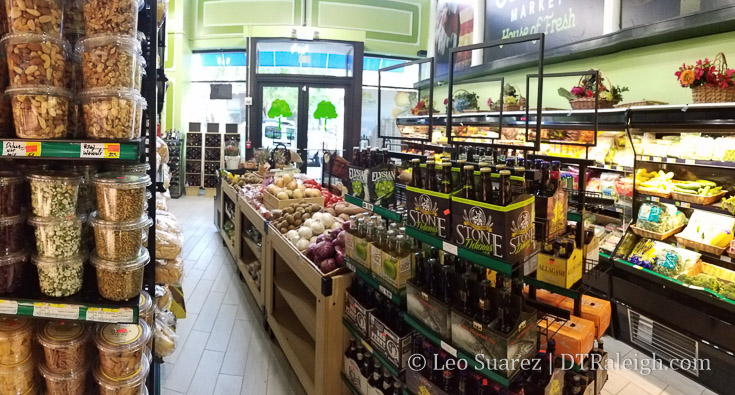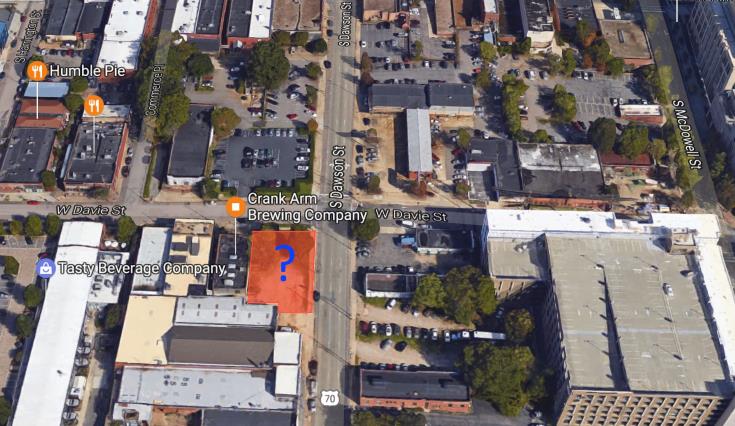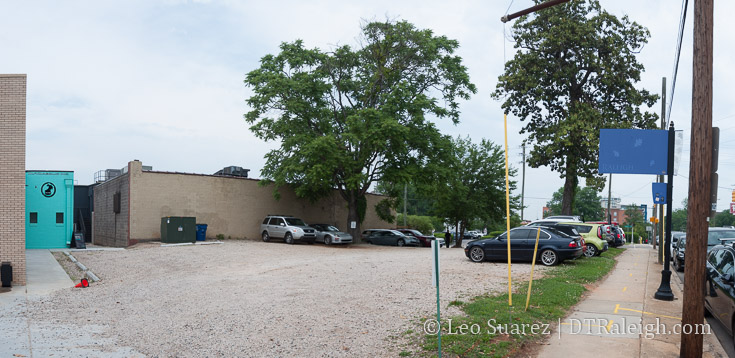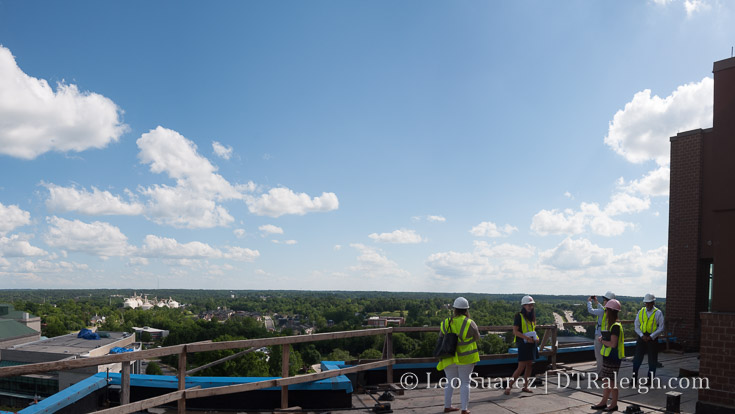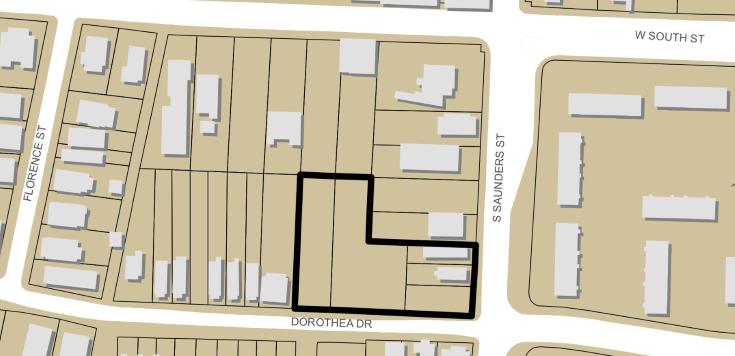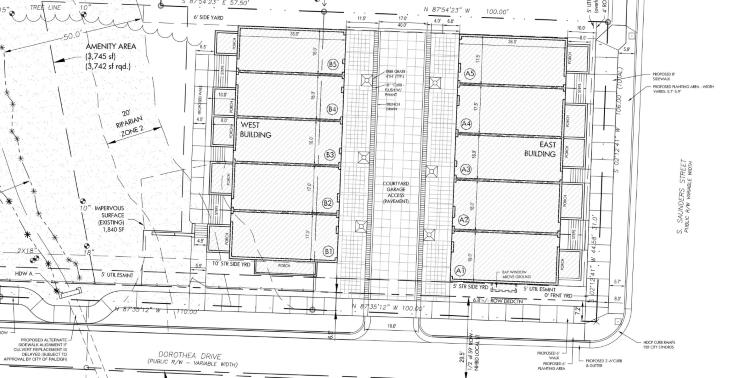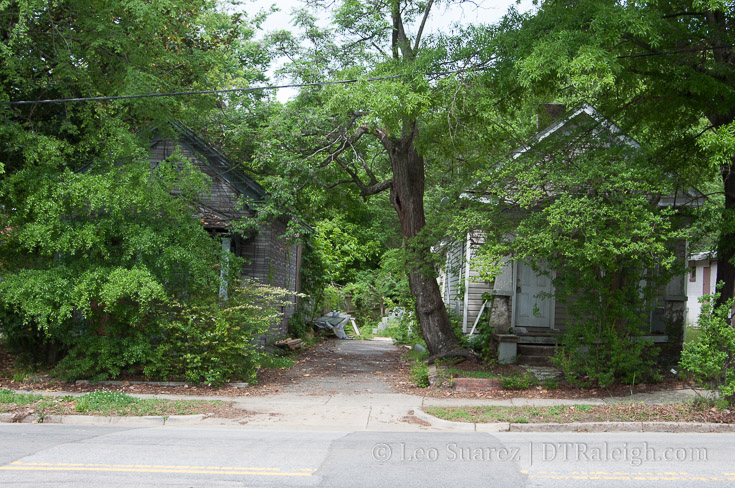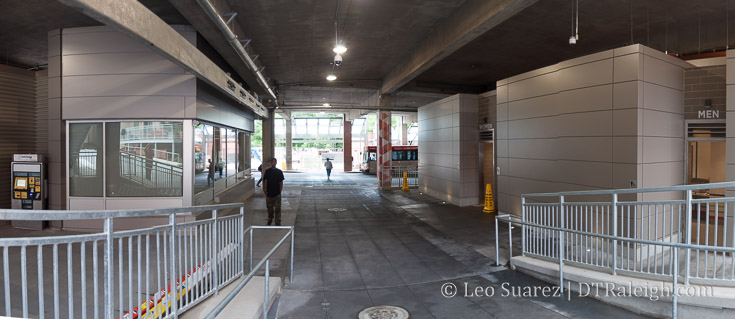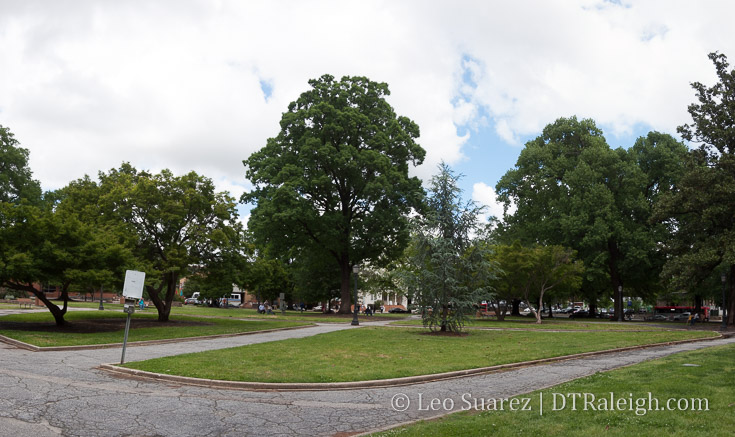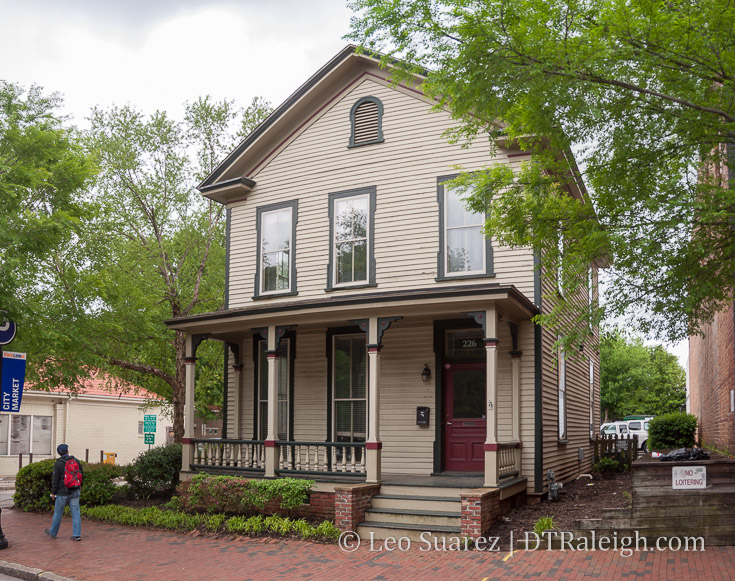Municipography is a summary of current issues going through the Raleigh City Council and other municipal departments in the city. The point is to try to deliver any video, photos, and text associated with the discussions happening at City Hall or elsewhere. Since this is a downtown Raleigh blog, the focus is on the center of the city.
I recommend email readers click through to the website to see the embedded video.
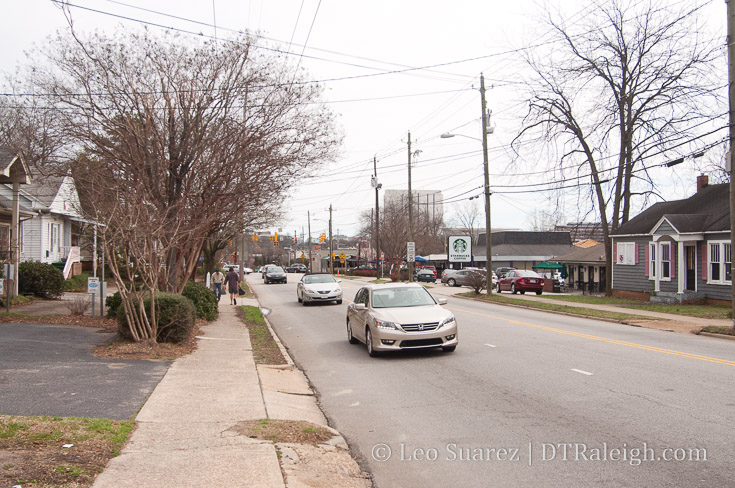
A project older than the blog, a section of Peace Street has been marked for upgrades for over a decade. Buried power lines, more street trees, and new sidewalks could happen soon for the section between St. Mary’s and West Street.
There was a good overview of the project, including its history, during a recent city council meeting and I have the presentation and discussion for you here on the blog. If the embedded video isn’t showing for you, watch it here on YouTube.
The project’s main goal is to improve vehicle and pedestrian safety. The street will also get a few aesthetic upgrades with street trees, new crosswalks, and new signal poles.
One interesting piece of the project that we can pull from the discussion is the work to decrease the number of driveways in front of Peace Street Market and Fallon’s Flowers. Simply put, the solution presented would have been a one-way driveway across both shops with angled parking. This is similar to spots on Hillsborough Street such as the Fedex/Gumby’s lot or the Wells Fargo.
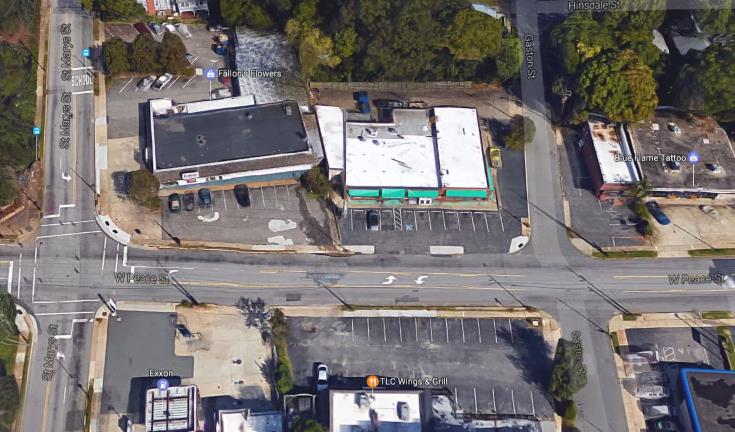
Google Maps aerial of the 800 block of West Peace Street. Click for larger.
Fallon’s Flowers did not support that so the plan isn’t happening. At the same time though, it was mentioned that the property was sold recently and perhaps plans for redevelopment are taking place. There are no public plans at this time for that lot.
This project, Peace Street West, should take place at the same time as all the other construction along Peace Street, including Smokey Hollow and the Capital Boulevard bridge, so expect a ton of activity in the area over the next few years.
Project timeline:
- Right-of-Way Acquisition: Summer 2017
- Advertise and Bid: Fall 2017
- Begin Construction: Early 2018
- Completion: Mid 2019
